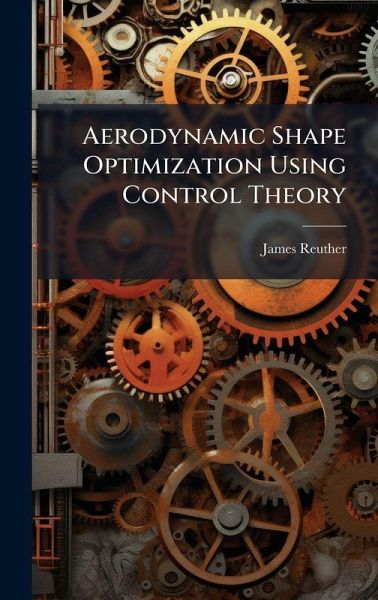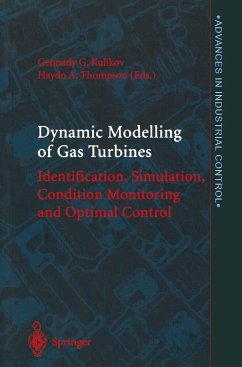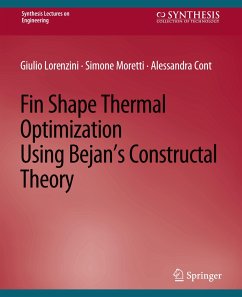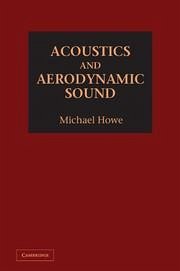
Aerodynamic Shape Optimization Using Control Theory
Versandkostenfrei!
Versandfertig in über 4 Wochen
31,99 €
inkl. MwSt.
Weitere Ausgaben:

PAYBACK Punkte
16 °P sammeln!
Aerodynamic shape design has long persisted as a difficult scientific challenge due its highly nonlinear flow physics and daunting geometric complexity. However, with the emergence of Computational Fluid Dynamics (CFD) it has become possible to make accurate predictions of flows which are not dominated by viscous effects. It is thus worthwhile to explore the extension of CFD methods for flow analysis to the treatment of aerodynamic shape design. Two new aerodynamic shape design methods are developed which combine existing CFD technology, optimal control theory, and numerical optimization techn...
Aerodynamic shape design has long persisted as a difficult scientific challenge due its highly nonlinear flow physics and daunting geometric complexity. However, with the emergence of Computational Fluid Dynamics (CFD) it has become possible to make accurate predictions of flows which are not dominated by viscous effects. It is thus worthwhile to explore the extension of CFD methods for flow analysis to the treatment of aerodynamic shape design. Two new aerodynamic shape design methods are developed which combine existing CFD technology, optimal control theory, and numerical optimization techniques. Flow analysis methods for the potential flow equation and the Euler equations form the basis of the two respective design methods. In each case, optimal control theory is used to derive the adjoint differential equations, the solution of which provides the necessary gradient information to a numerical optimization method much more efficiently then by conventional finite differencing. Each technique uses a quasi-Newton numerical optimization algorithm to drive an aerodynamic objective function toward a minimum. An analytic grid perturbation method is developed to modify body fitted meshes to accommodate shape changes during the design process. Both Hicks-Henne perturbation functions and B-spline control points are explored as suitable design variables. The new methods prove to be computationally efficient and robust, and can be used for practical airfoil design including geometric and aerodynamic constraints. Objective functions are chosen to allow both inverse design to a target pressure distribution and wave drag minimization. Several design cases are presented for each method illustrating its practicality and efficiency. These include non-lifting and lifting airfoils operating at both subsonic and transonic conditions. This work has been selected by scholars as being culturally important, and is part of the knowledge base of civilization as we know it. This work was reproduced from the original artifact, and remains as true to the original work as possible. Therefore, you will see the original copyright references, library stamps (as most of these works have been housed in our most important libraries around the world), and other notations in the work. This work is in the public domain in the United States of America, and possibly other nations. Within the United States, you may freely copy and distribute this work, as no entity (individual or corporate) has a copyright on the body of the work. As a reproduction of a historical artifact, this work may contain missing or blurred pages, poor pictures, errant marks, etc. Scholars believe, and we concur, that this work is important enough to be preserved, reproduced, and made generally available to the public. We appreciate your support of the preservation process, and thank you for being an important part of keeping this knowledge alive and relevant.












